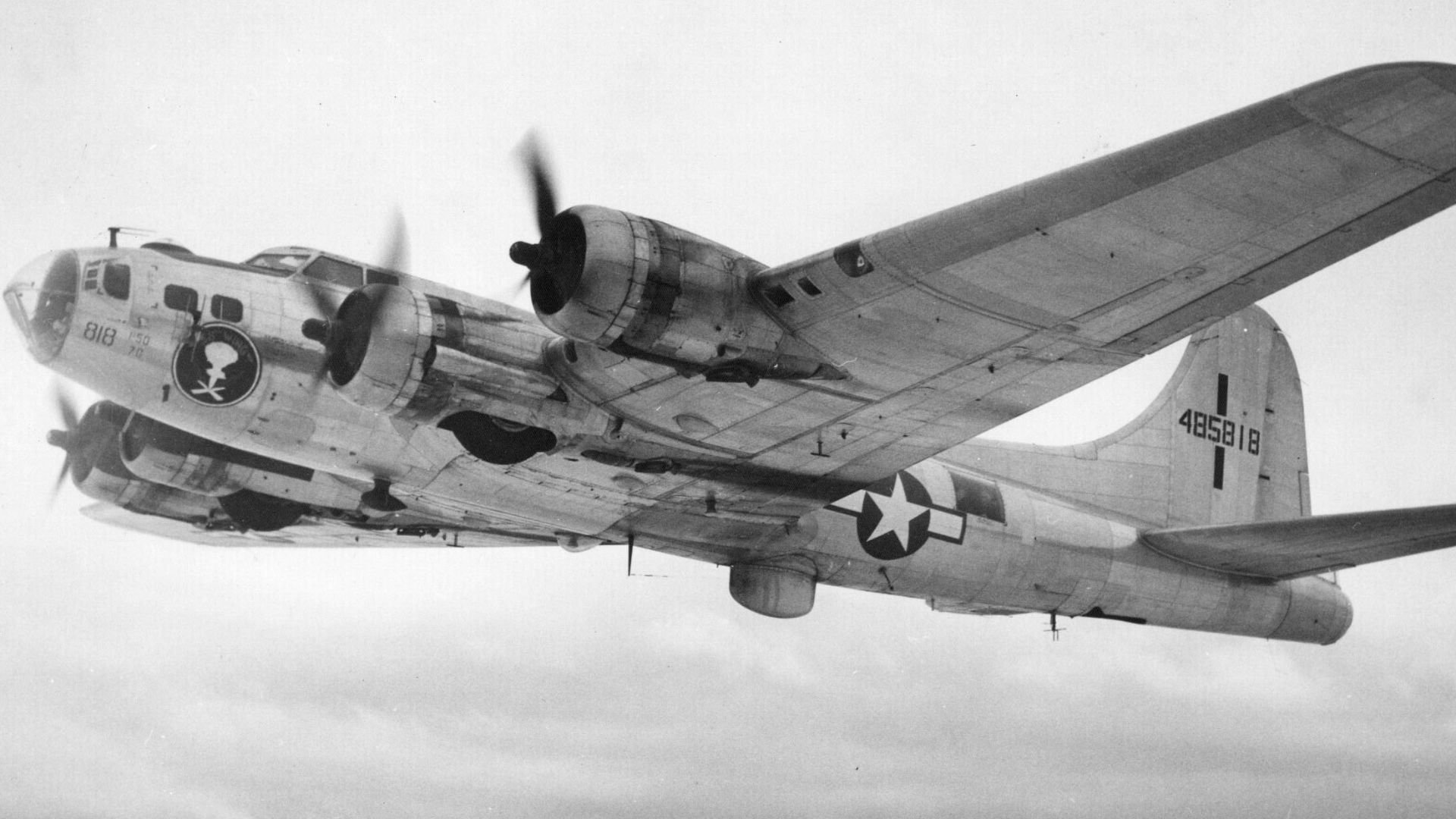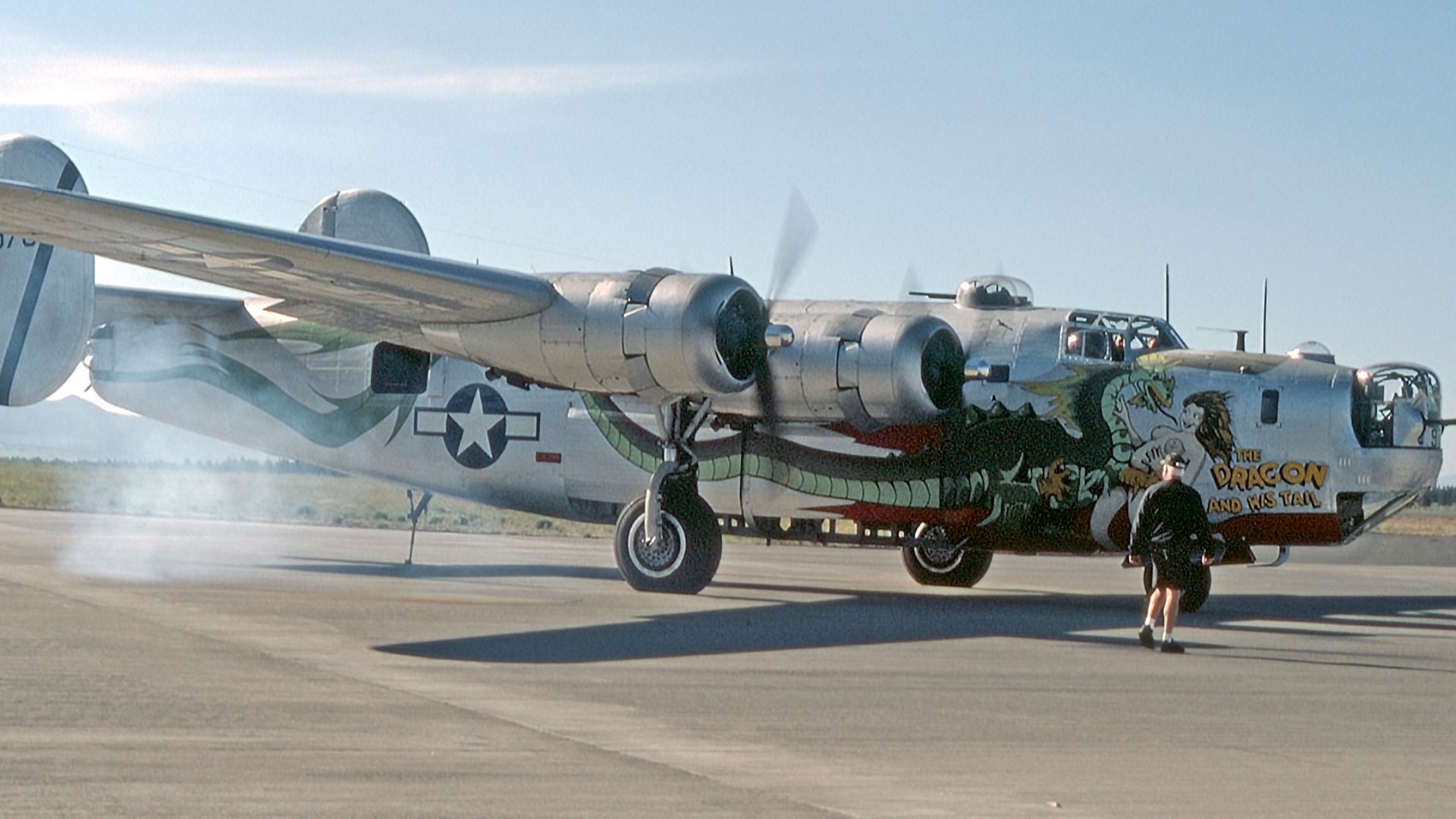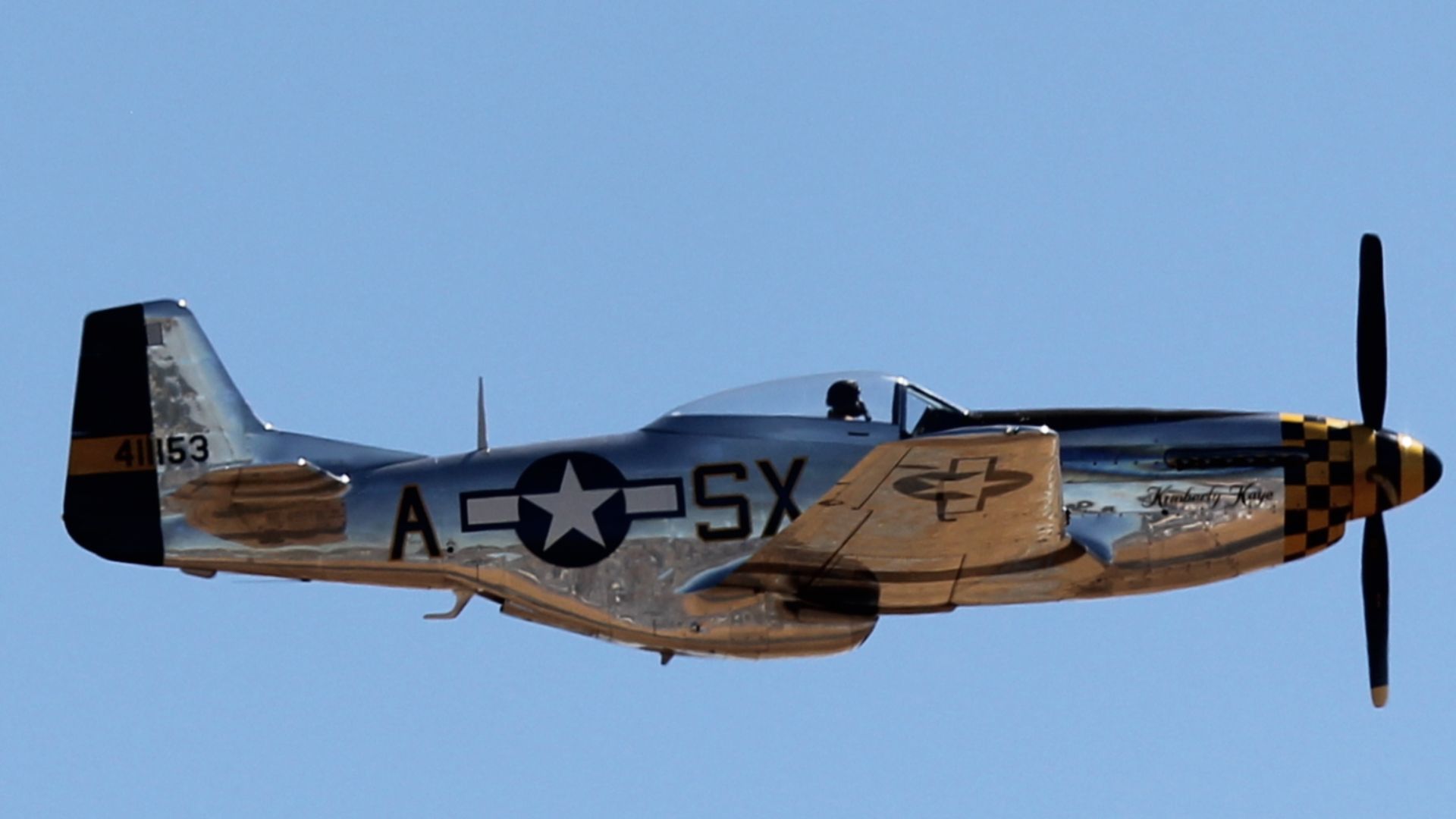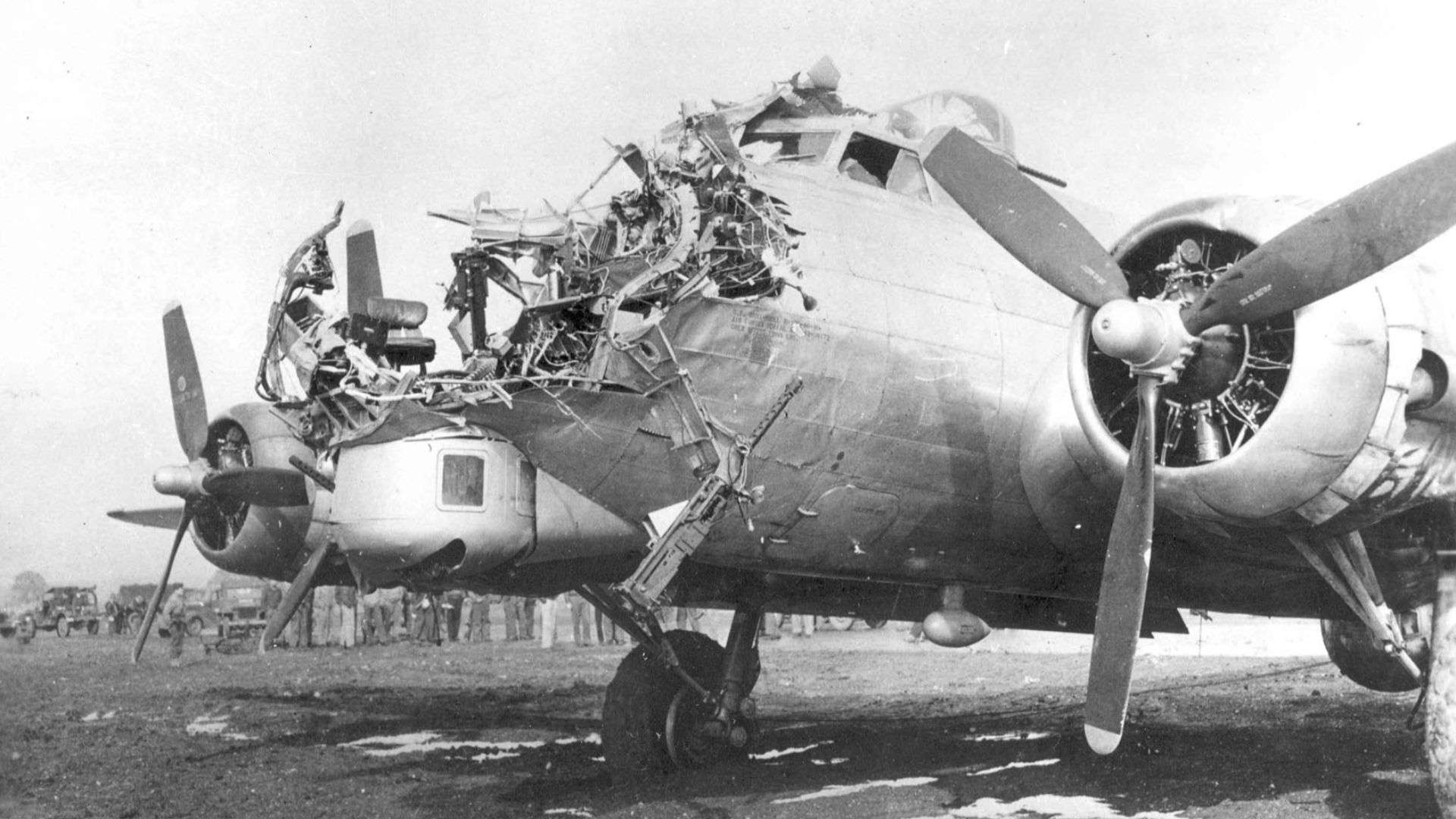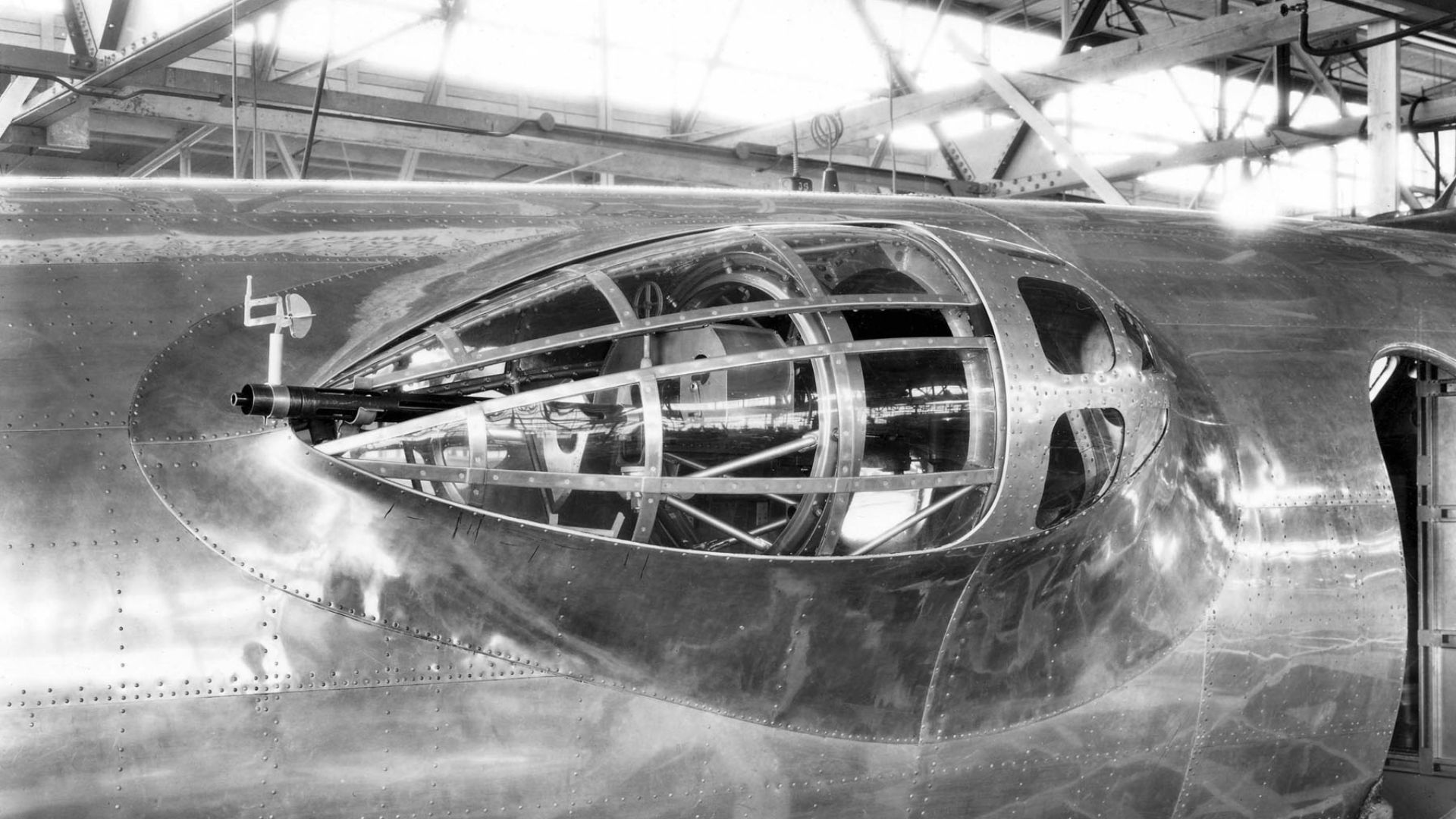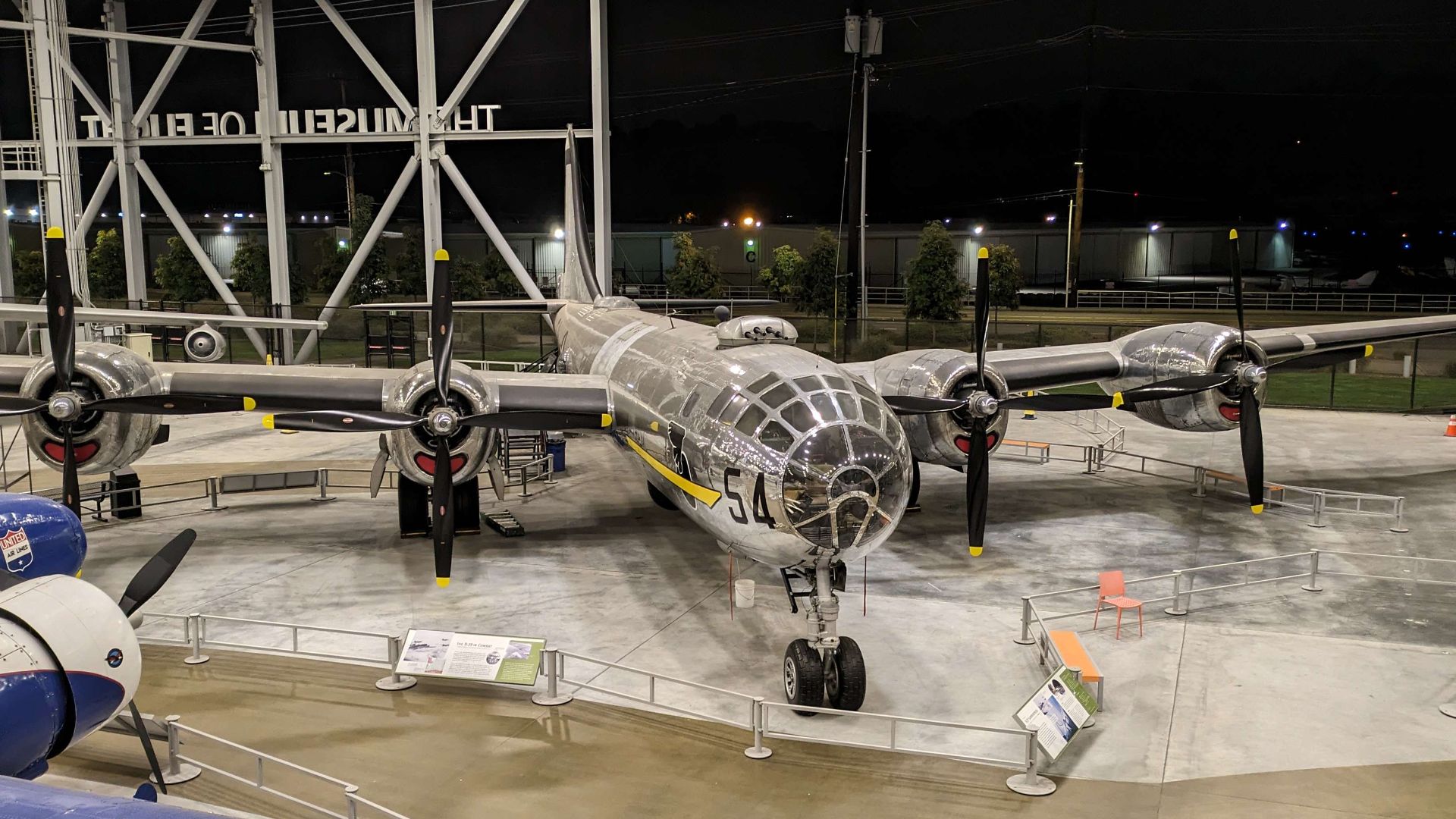Gloss Over The Green
During WWII, some of America’s fiercest warbirds took to the skies looking...unfinished. But those shiny, unpainted fighters were a strategy instead of a lazy shortcut.
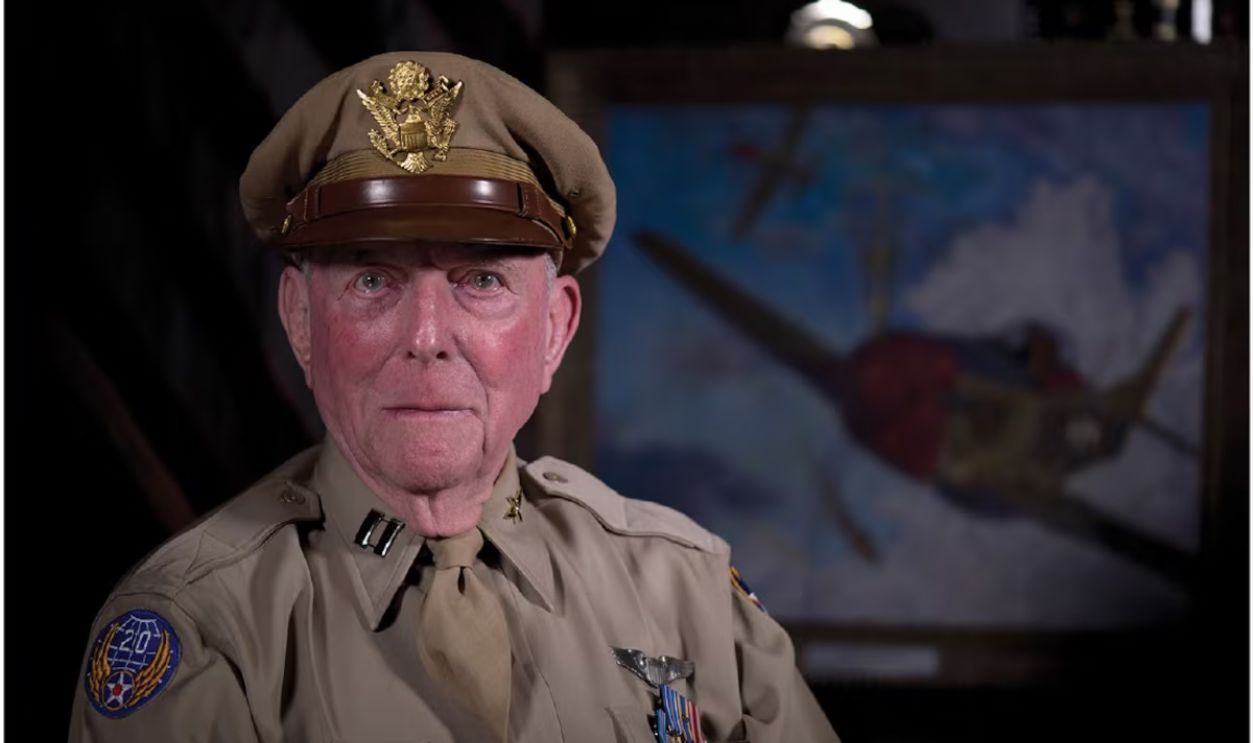
Land And Aircraft Camouflage In Early WWII
In 1939, the American armed forces swore by camouflage, thinking green and brown hid planes from enemy spotters. But even though camouflage works wonders on the ground, it does not work up in the sky. Pilots trusted those blotchy paint jobs, and everyone from generals to ground crews insisted on them.
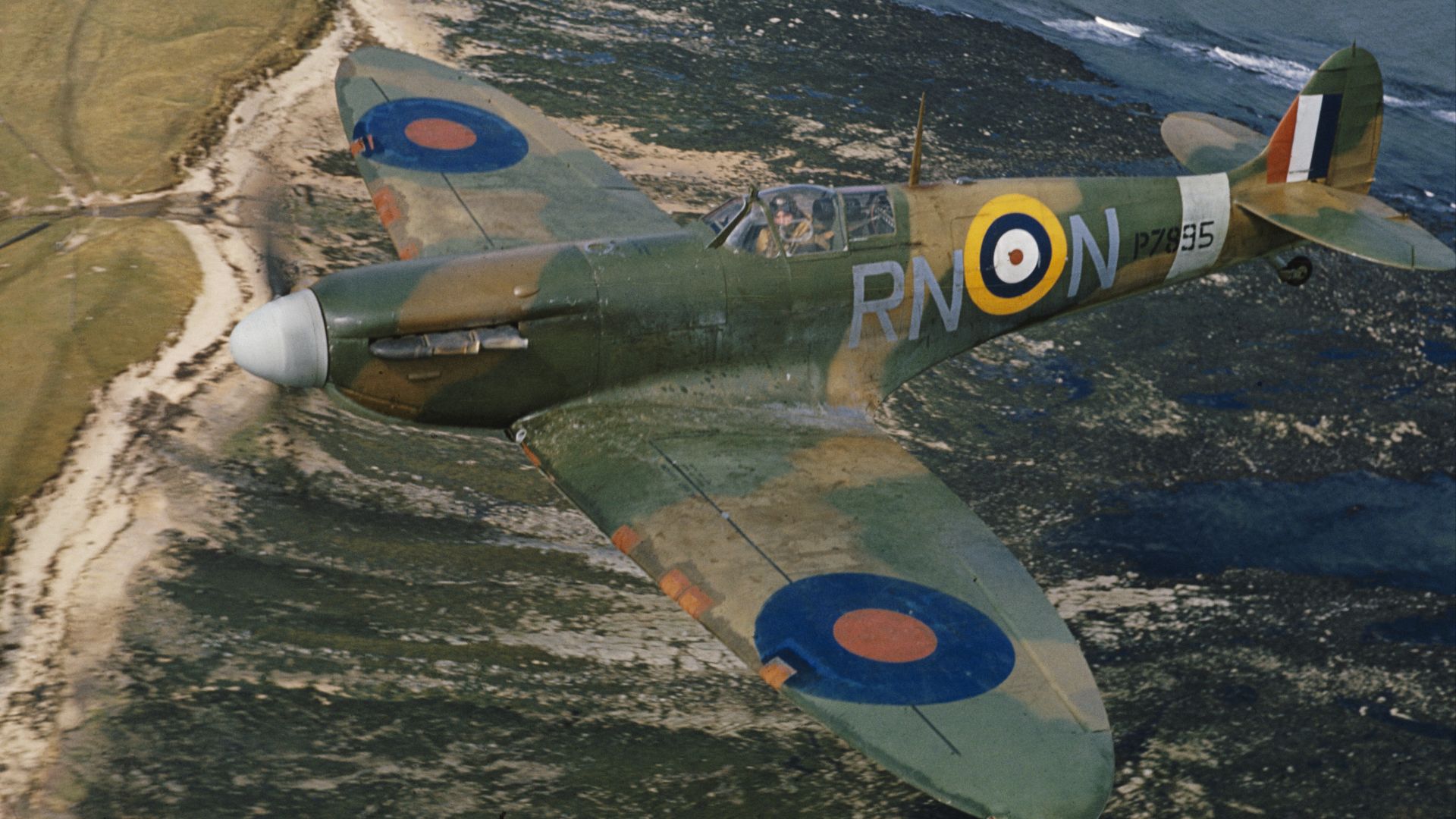 Royal Air Force official photographer, Wikimedia Commons
Royal Air Force official photographer, Wikimedia Commons
The Changing Nature Of Aerial Combat Was A Major Factor
Radar, radio, and formations changed everything. You couldn’t “sneak” a squadron past enemy radar with a splash of green paint. Camouflage lost its bite once aircraft flew in coordinated waves. Tactics trumped tint, and battles were won with positioning and tech, not patterns.
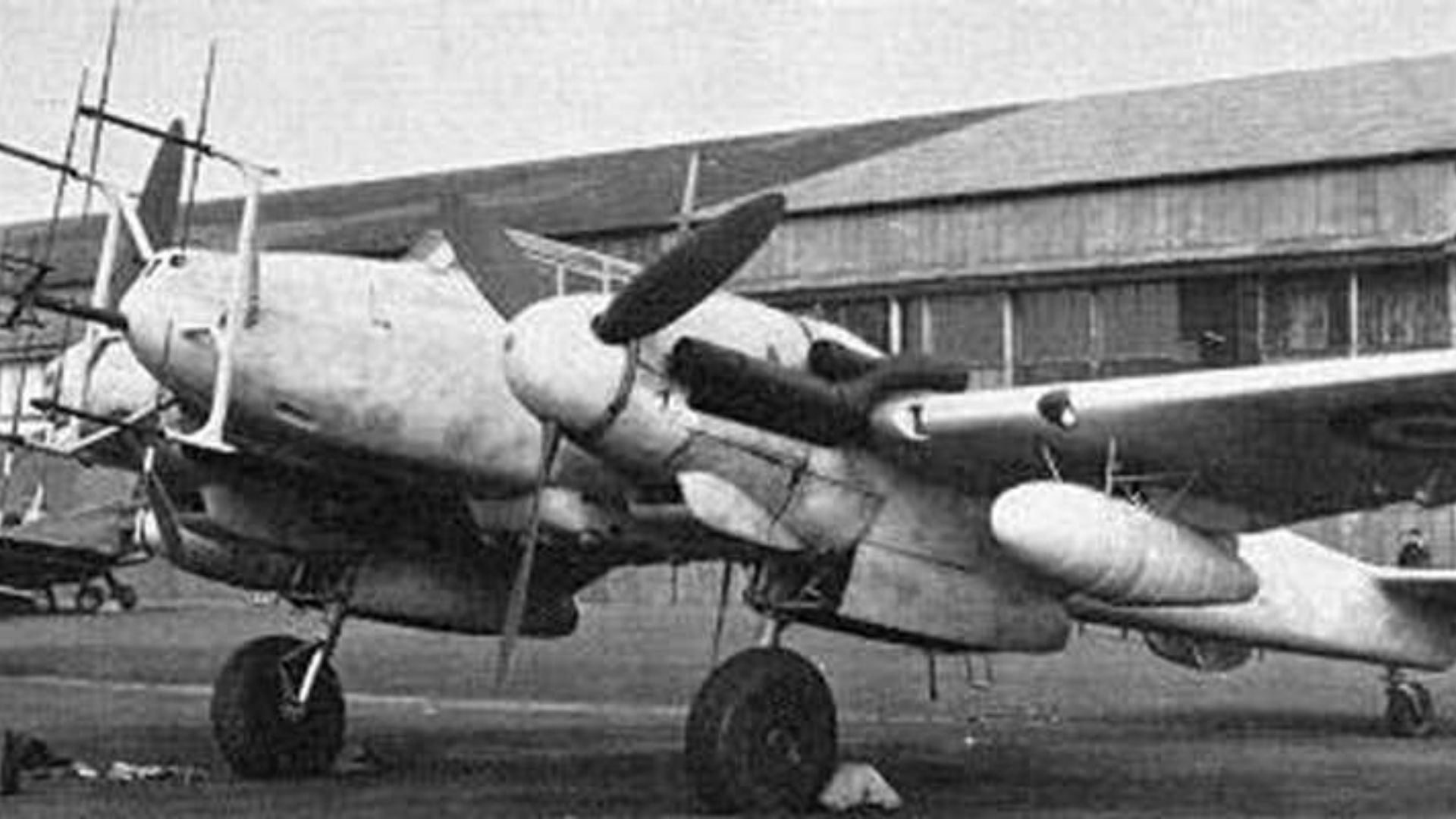 Ian Dunster~commonswiki, Wikimedia Commons
Ian Dunster~commonswiki, Wikimedia Commons
High-Altitude Operations Reduced Visibility Naturally
At 25,000 feet, aircraft were likely harder to spot from the ground due to distance and atmospheric conditions, though specific WWII visibility data is limited Aviation Stack Exchange, WWII American Experience. So, why bother with camo when nature offers better cover?
 R. T. Smith, copy at SDASM Archives, Wikimedia Commons
R. T. Smith, copy at SDASM Archives, Wikimedia Commons
The USAAF Dominated The Skies By 1943
By late 1943, the USAAF was gaining air superiority, achieving dominance by 1944 with long-range escort fighters like the P-51D Warfare. Because of this, American skies buzzed with confidence. They no longer feared dogfights like they did earlier. The new doctrine leaned on offensive might rather than hiding.
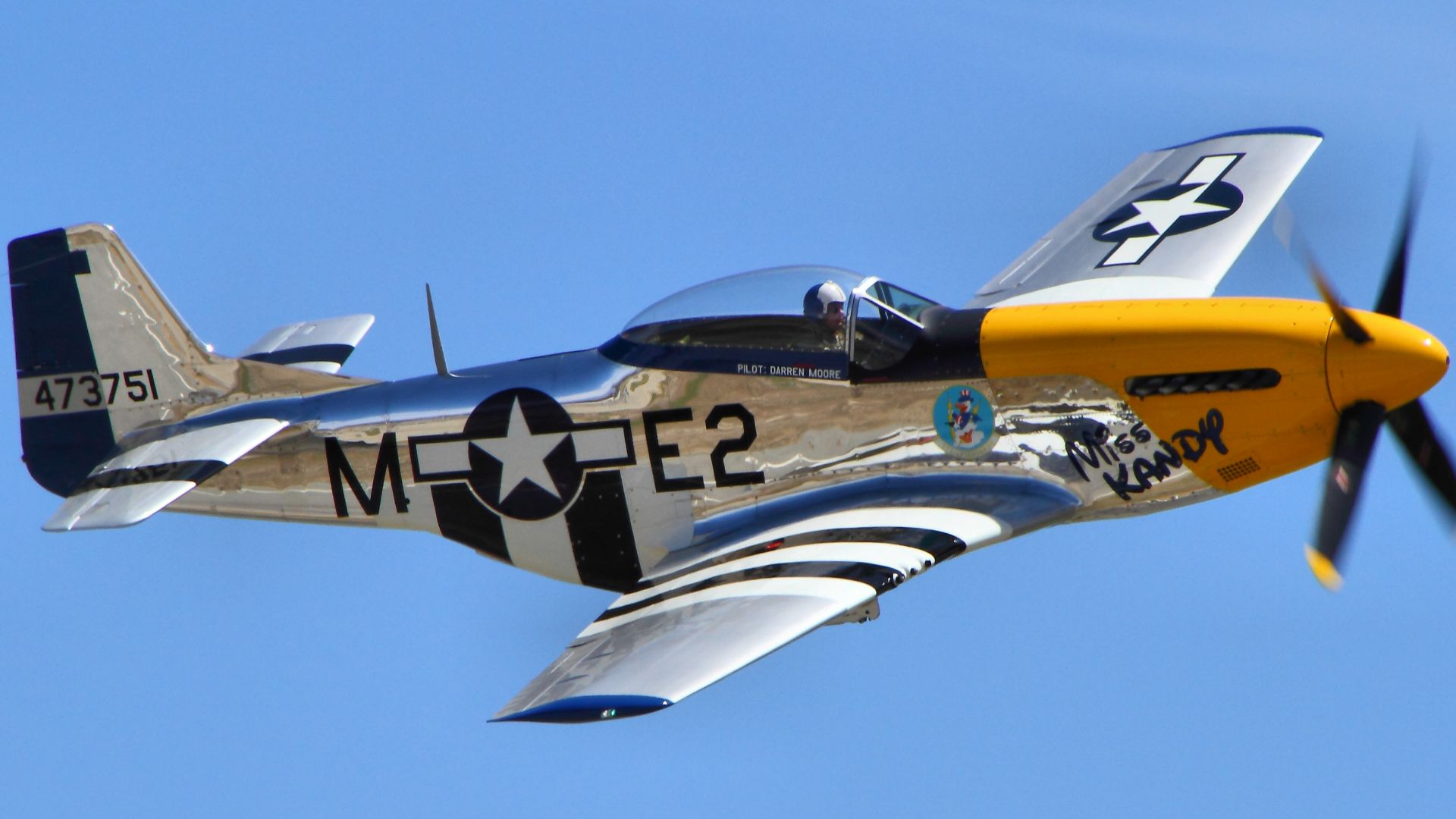 Airwolfhound from Hertfordshire, UK, Wikimedia Commons
Airwolfhound from Hertfordshire, UK, Wikimedia Commons
Weight Of Paint And Its Impact On Aircraft Performance
Did you know that paint added around 100 pounds to a bomber like the B-17? That said, stripping it of slightly improved performance without sacrificing armor. Planes like such performed better since less weight meant more altitude and carriage.
No Paint Also Means Less Drag For Some Planes (B-29)
Smooth aluminum surfaces sliced through the air with less resistance on the B-29 than their painted cousins. The polished skin reduced drag, boosting speed ever so slightly. That edge helped B-29s outrun fighters and hit tighter blasting windows. Unfortunately, it wasn’t the same on the B-17.
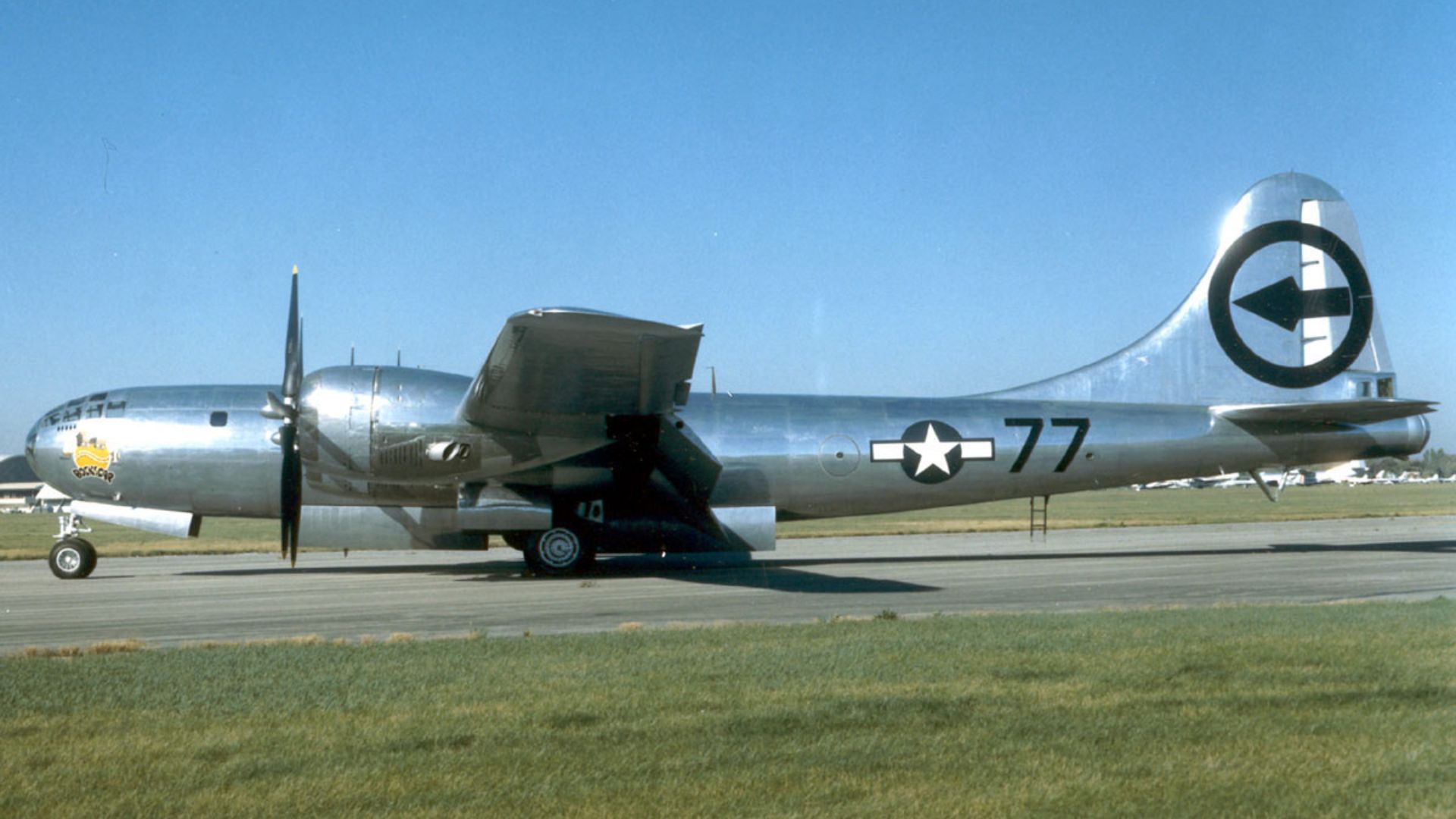 Stahlkocher, Wikimedia Commons
Stahlkocher, Wikimedia Commons
Dropping Paint Meant Longer Range For Some Models
Heading to Berlin from England? That’s no Sunday drive. Crews needed every drop of fuel they could squeeze. For some aircraft, dropping paint allowed more fuel or range due to weight savings, but for the B-17, unpainted planes needed more fuel to maintain speed, potentially negating range benefits.
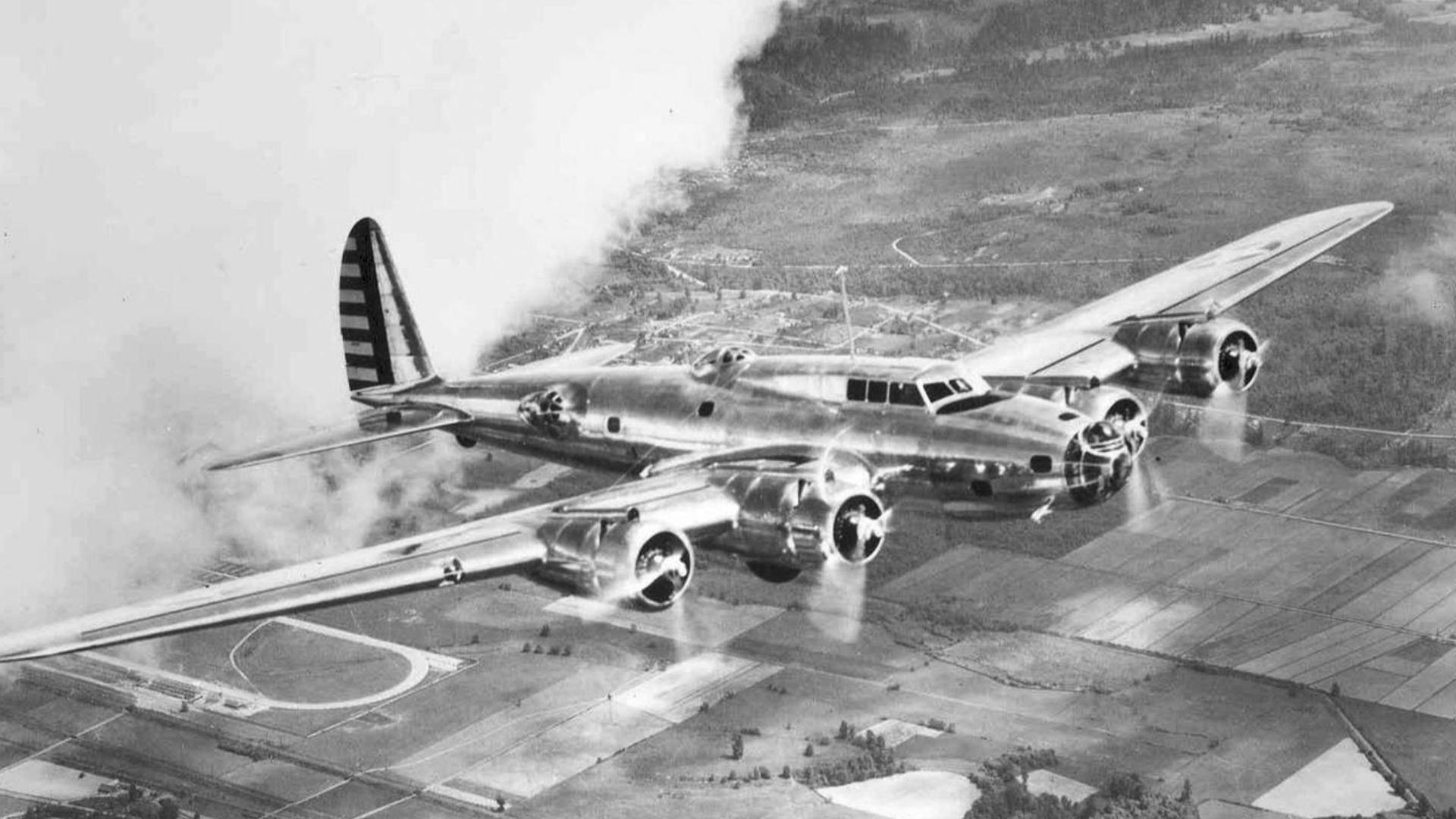 U.S. Air Force, Wikimedia Commons
U.S. Air Force, Wikimedia Commons
It Also Increased Load Capacity
More room for shells meant more damage done per run. Some unpainted planes gave crews the gift of extra firepower. For the B-24 Liberator, this meant the difference of approximately 100 pounds in payload capacity due to paint weight savings. That extra ton changed battle outcomes.
It Enhanced Speed For Evading Enemy Fighters
With their slick, metallic skin, planes like the unpainted P-51 Mustang likely gained a minor speed bump due to reduced weight, though exact gains are not well documented. This edge may have helped them shake off enemy fighters or close in for the kill.
Dropping Paint Streamlined The Aircraft Manufacturing Processes
Thousands of planes needed to be built fast. Skipping the paint booth shaved off hours, even days. Assembly lines at Boeing and Lockheed moved like lightning without waiting for the paint to dry. Less paint meant fewer hands, quicker inspections, and faster rollouts. It was a necessity fueled by urgency.
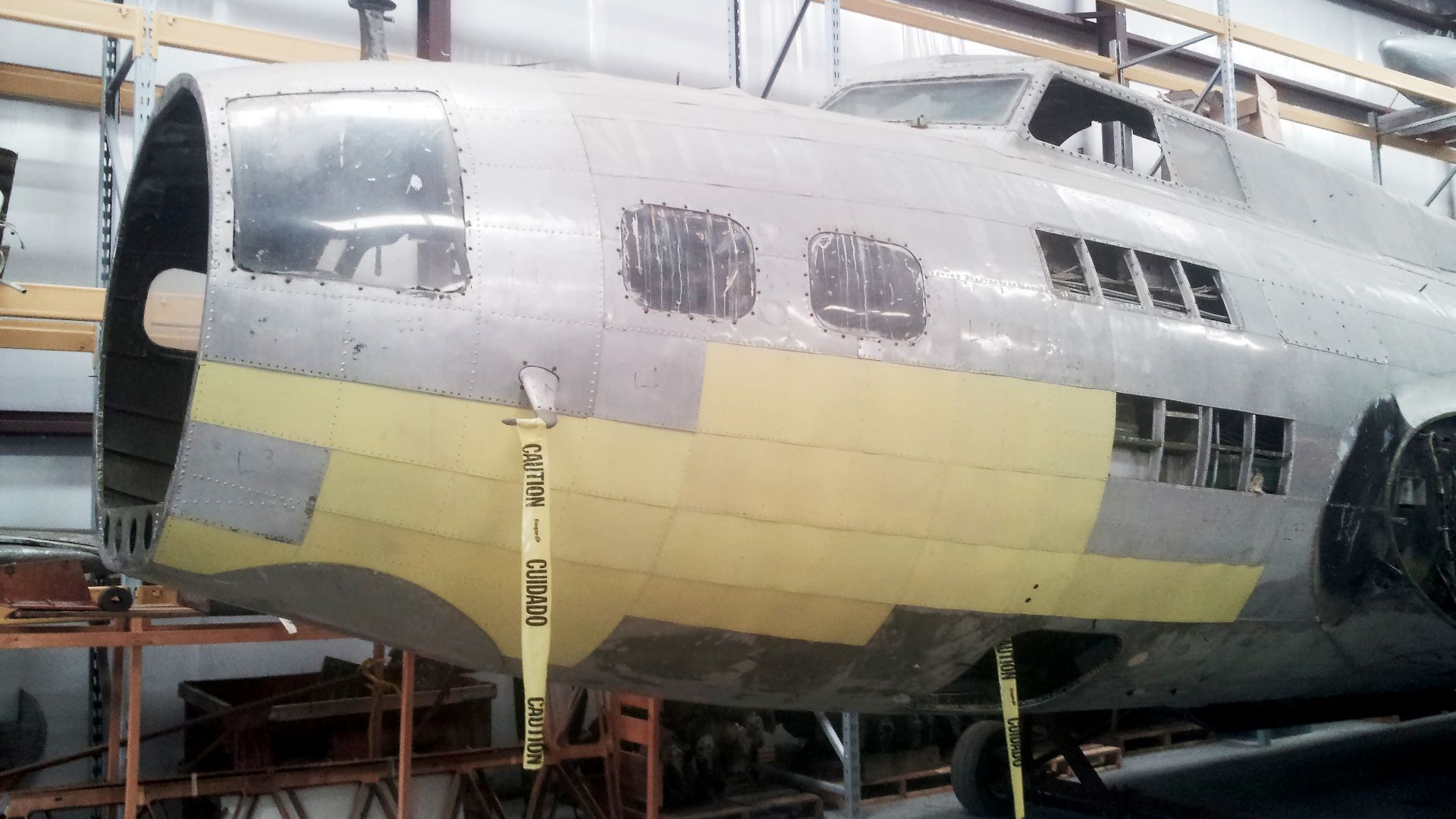 Eric Friedebach, Wikimedia Commons
Eric Friedebach, Wikimedia Commons
The Result Was A Faster Turnaround From Factory To Front Line
When it comes to combat, time is everything. Crews have to assemble, test, and deploy aircraft like clockwork. Skipping paint reduced production time, enabling faster delivery to the front, though transatlantic deployment typically took weeks.
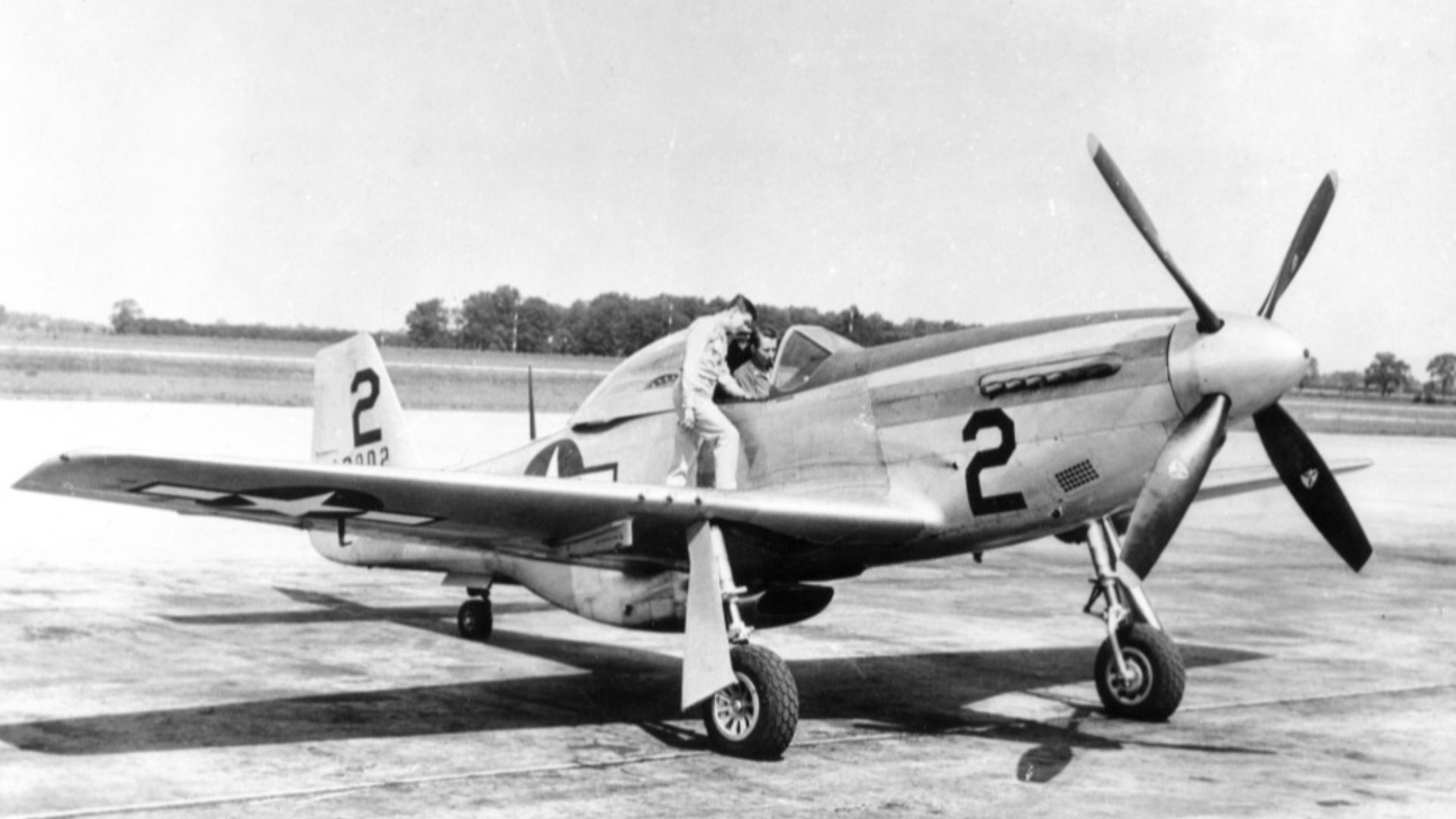 SDASM Archives, Wikimedia Commons
SDASM Archives, Wikimedia Commons
It Initiated Labor And Material Resource Reallocation
Do you think only tanks and bullets were in short supply back then? Think again. Paint ingredients—chromates and pigments—were rationed, too. Skipping the paint allowed those chemicals to go to critical gear: Navy ships and even helmets. Labor, too, got reassigned; painters became welders or line supervisors.
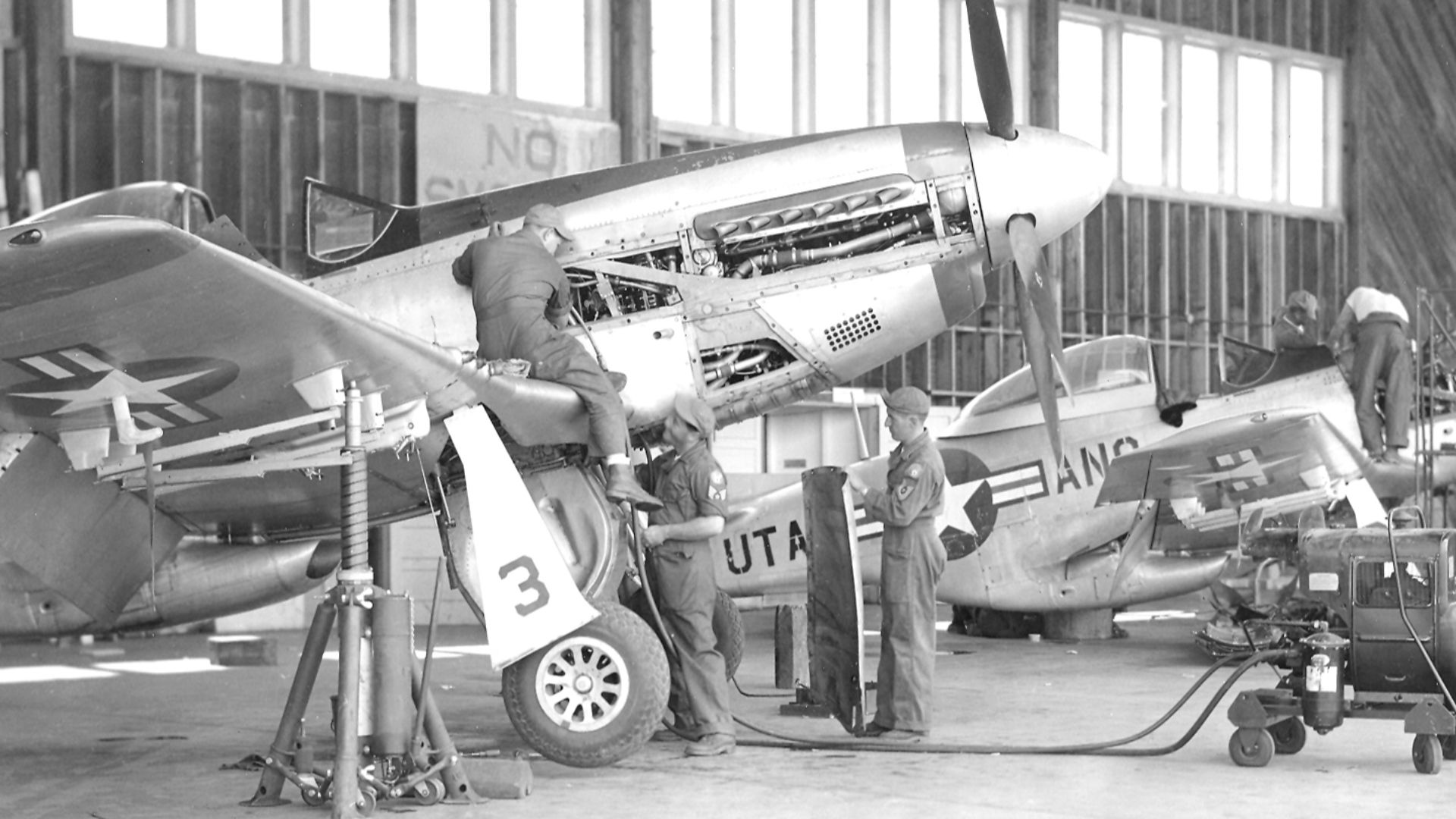 Bill Larkins, Wikimedia Commons
Bill Larkins, Wikimedia Commons
Unpainted Planes Cost Less During Mass Production
Money talked, and it spoke loudly in Washington. Cutting paint from a single bomber saved the cost of several soldiers’s gear. Multiply that by 10,000 planes, and you’ve got millions redirected to ammunition and infrastructure. This was economic chess. And it saved big, real fast.
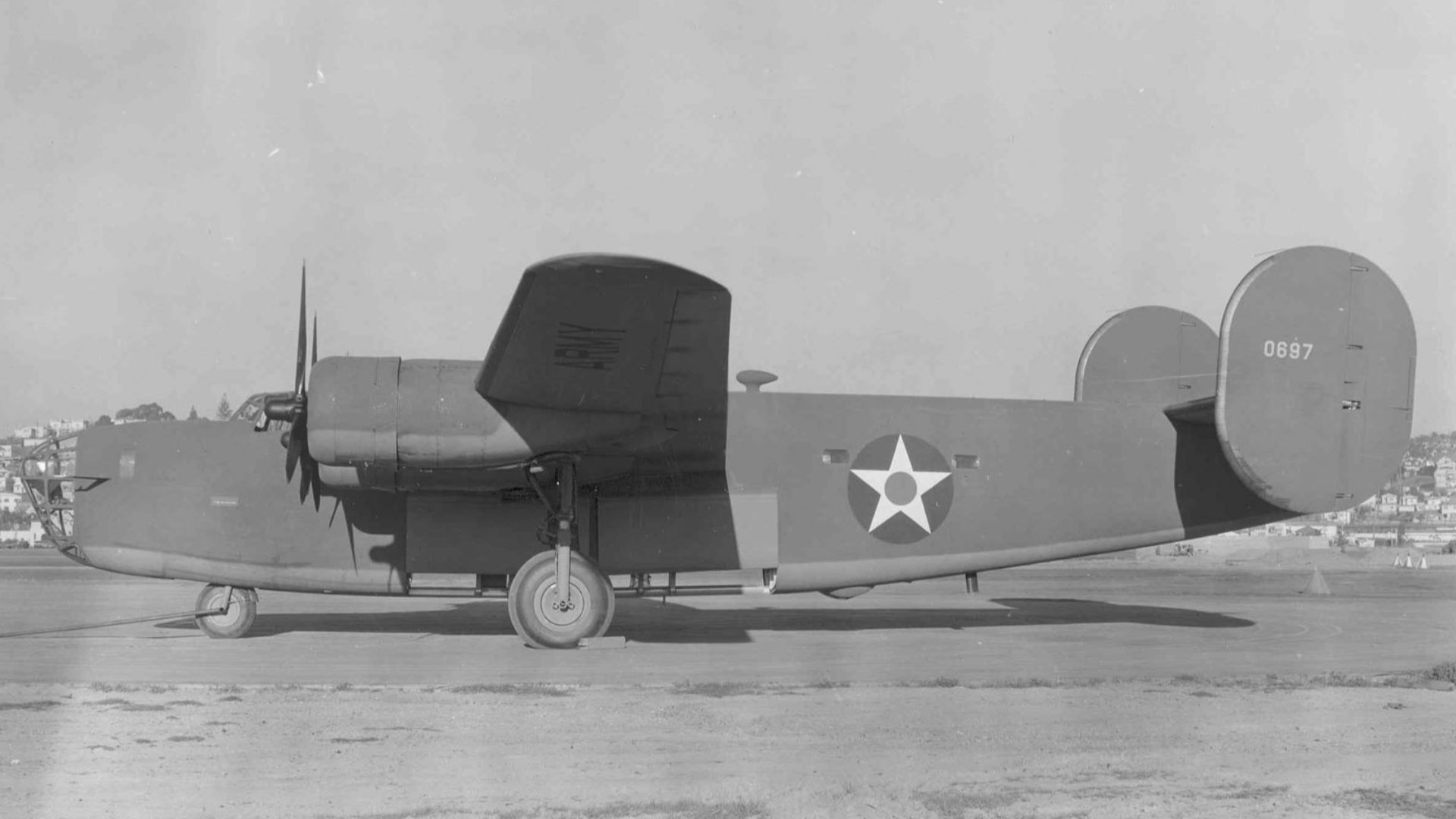 U.S. Air Force, Wikimedia Commons
U.S. Air Force, Wikimedia Commons
Ease Of Inspection And Repair On Bare Metal Surfaces
Imagine finding a leak or crack under layers of camo paint. Bare metal changed the game for ground crews. Damage showed instantly. Bullet holes, stress fractures, and even fuel leaks popped like neon signs. The shiny surface acted like a mirror to reveal flaws before they became fatal.
Bare Metal Meant Less Static In Radio Communications
Paint doesn’t just add weight—it can interfere with signal clarity. Crews noticed that some painted planes experienced more static during long-range radio transmissions. Bare metal airframes offered cleaner connections, especially at altitude. Communication was key, and every scrap of clarity counted in battle.
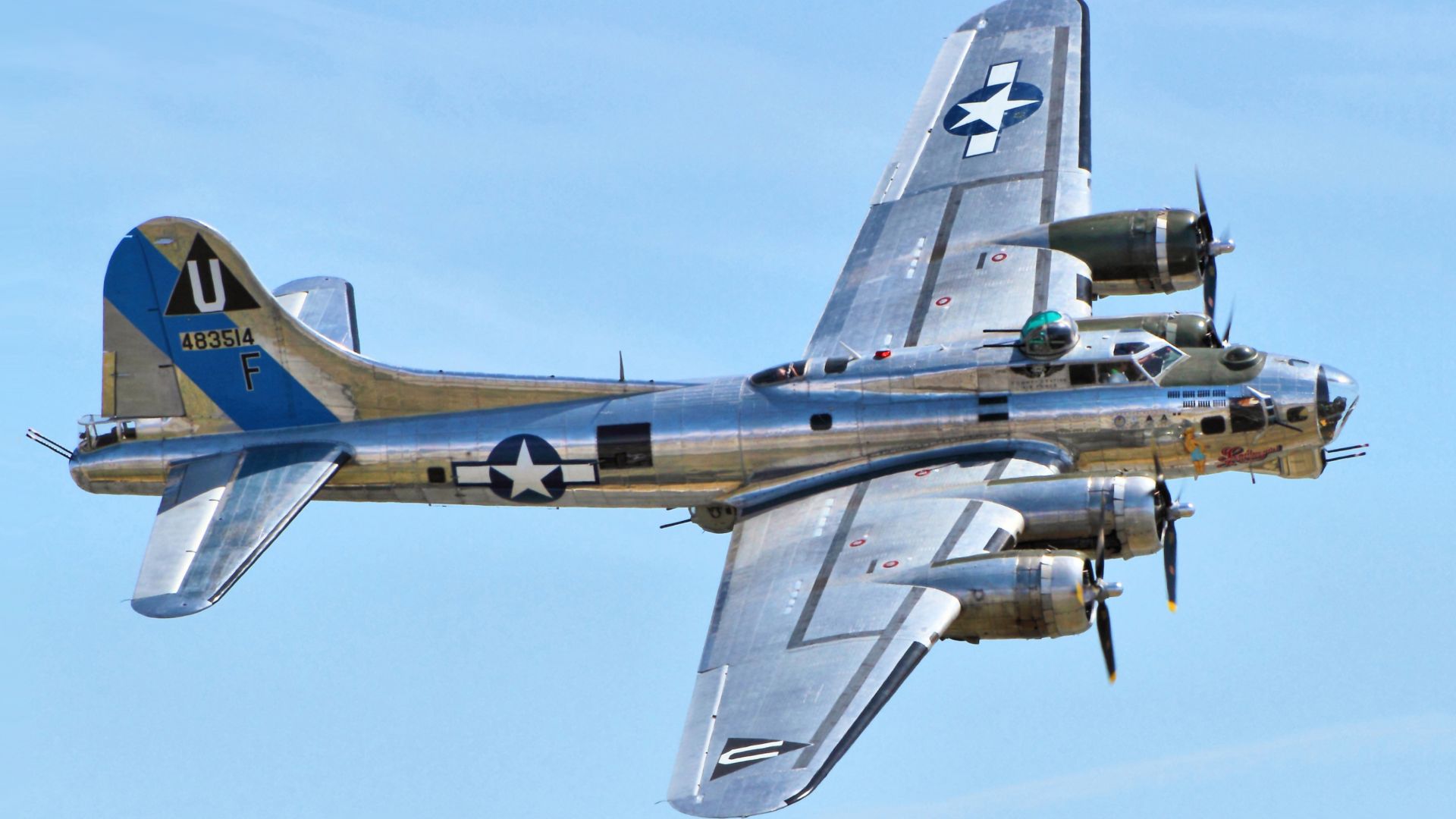 Airwolfhound, Wikimedia Commons
Airwolfhound, Wikimedia Commons
Durability And Weathering Of Unpainted Aluminum Skins
Aluminum, though lightweight, holds its own against the elements. Pilots quickly discovered that polished skins also aged gracefully. The paint chipped and peeled, but the raw metal took a beating without flinching. Rain and desert sand barely fazed it. A scuffed silver plane still looked battle-hardened, not broken.
Heat Reflection Benefits In Deserts And Tropical Theaters
Sun blazing over North Africa? Silver aircraft shone—literally. Unlike paint, which absorbs heat, bare metal bounces sunlight off like a mirror. Cockpits stayed a few degrees cooler, which made all the difference for flight crews sweating in wool uniforms.
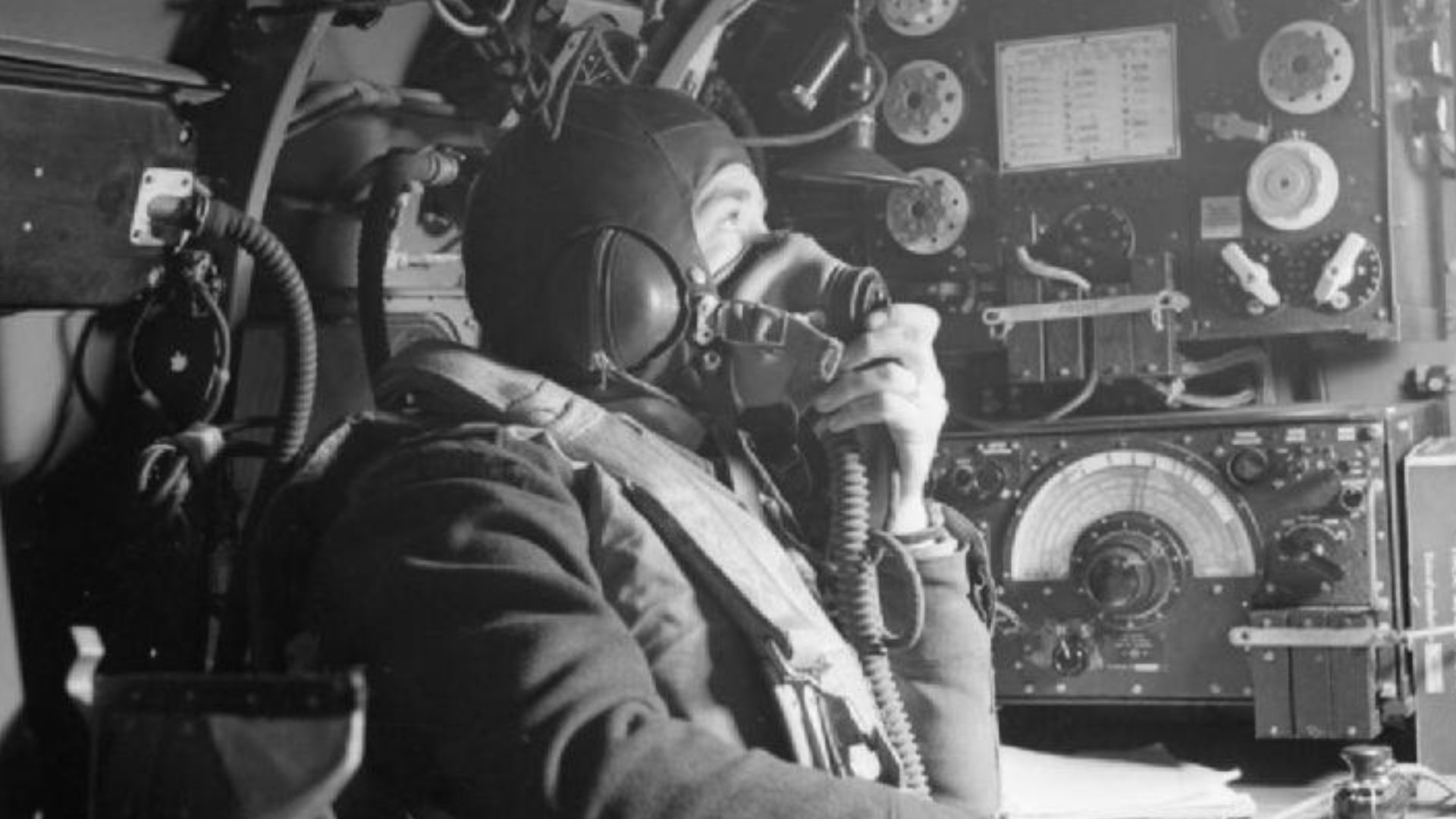 Clark N S (Plt Off), Royal Air Force official photographer, Wikimedia Commons
Clark N S (Plt Off), Royal Air Force official photographer, Wikimedia Commons
The B-17 Flying Fortress: From Green To Gleaming Silver
The B-17 once rocked olive drab like a soldier’s uniform. But by 1944, those bombers gleamed like polished trophies. Crews called them “Silver Birds,” and for good reason, because they sparkled in the sun and struck fear below. These shining giants signaled a new era of confidence.
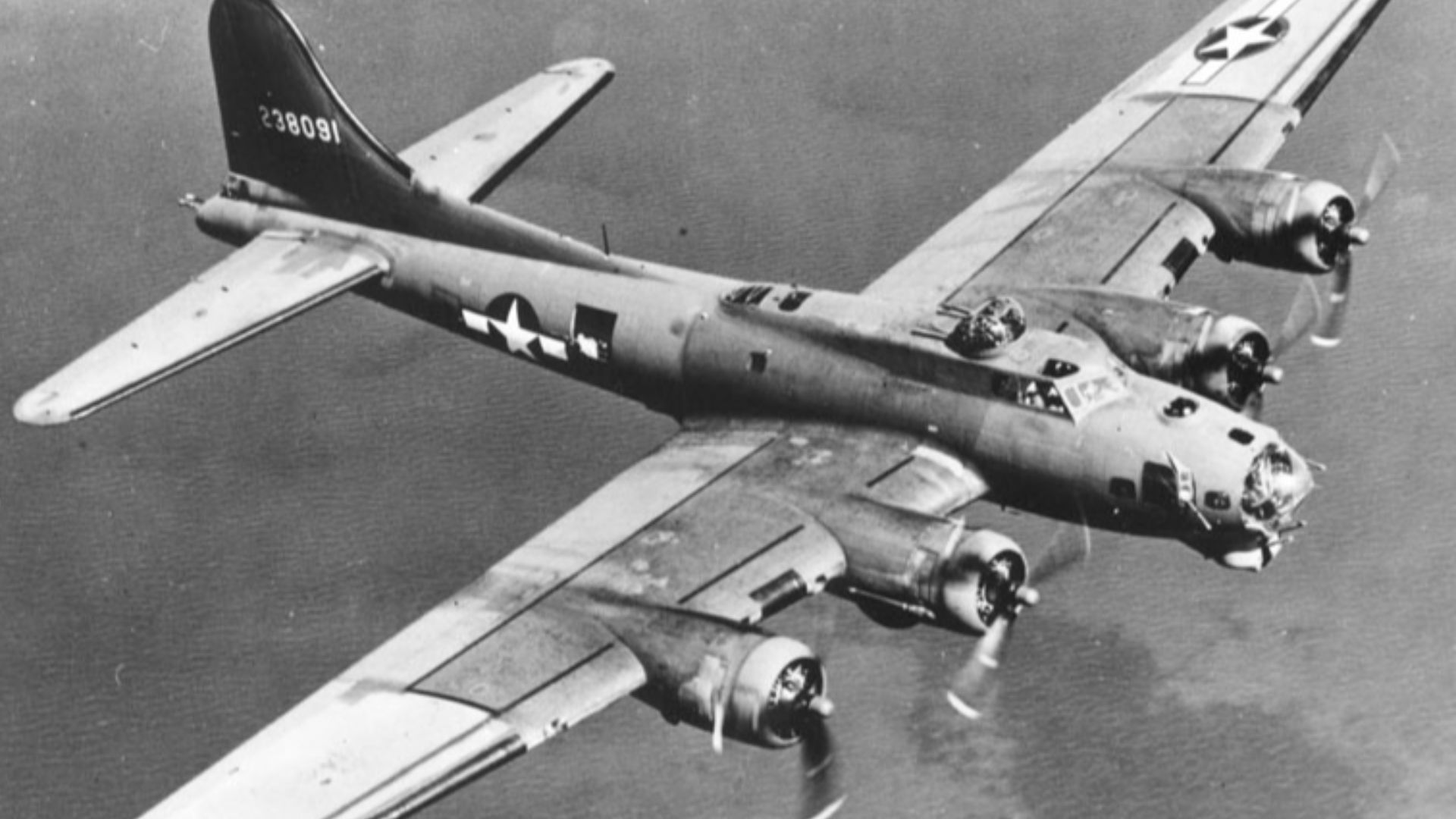 Karl Dickman, Wikimedia Commons
Karl Dickman, Wikimedia Commons
The P-51 Mustang’s Evolution In Surface Finish
The P-51 began life in drab green but turned heads once the silver version took flight. That polished metal looked fierce, and it sliced through the skies like a blade. Fighter aces like Chuck Yeager flew them with pride, claiming more kills after the makeover.
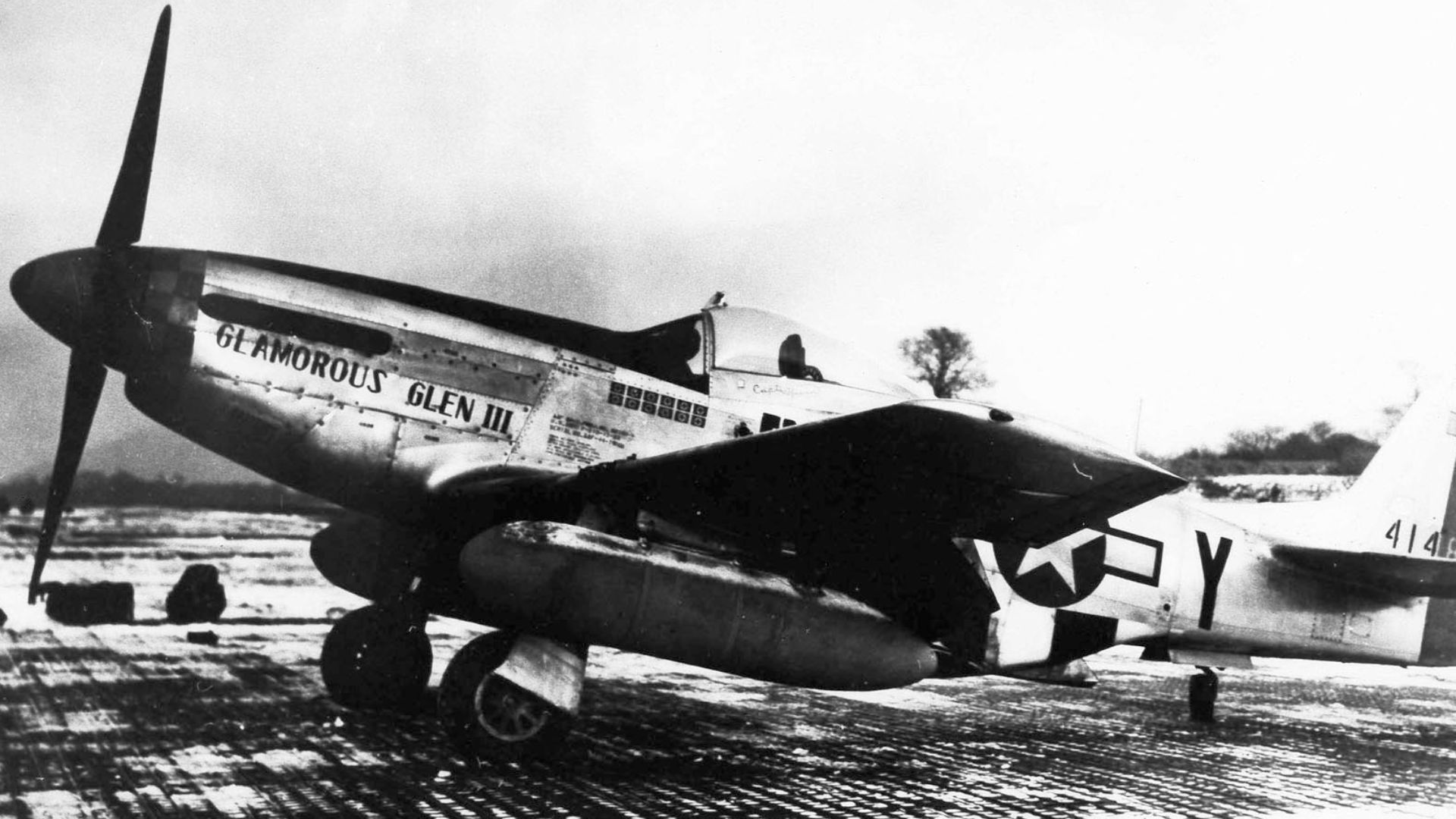 U.S. Air Force, Wikimedia Commons
U.S. Air Force, Wikimedia Commons
Role Of The B-24 Liberator In Reflecting The Shift
Rugged and boxy, the B-24 got the silver treatment mid-war. Dubbed the “Flying Boxcar,” this heavy bomber benefited hugely from the weight cut. Its new look meant hauling bigger payloads across Nazi lines. Unpainted B-24s proved that brute force and smart tweaks make a deadly combo.
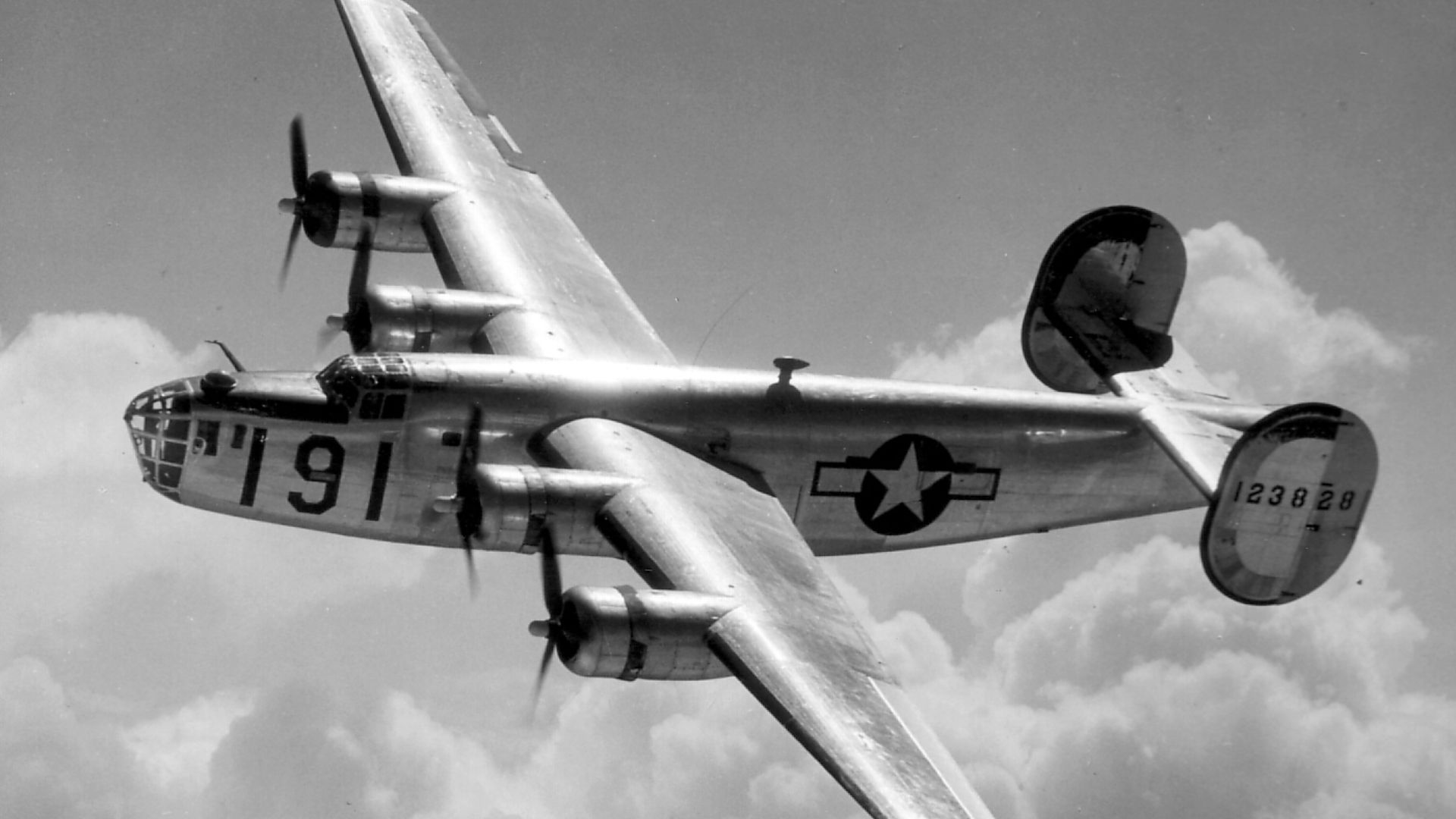 U.S. Air Force photos, Wikimedia Commons
U.S. Air Force photos, Wikimedia Commons
Unpainted Fighters Vs Bombers: A Tactical Comparison
Fighters needed speed and agility; bombers craved altitude and range. Going unpainted helped both but in different ways. Fighters gained split-second boosts in acceleration, while bombers flew farther with heavier loads. Every plane type gained something unique by ditching the paint, and the skies reflected that brilliance.
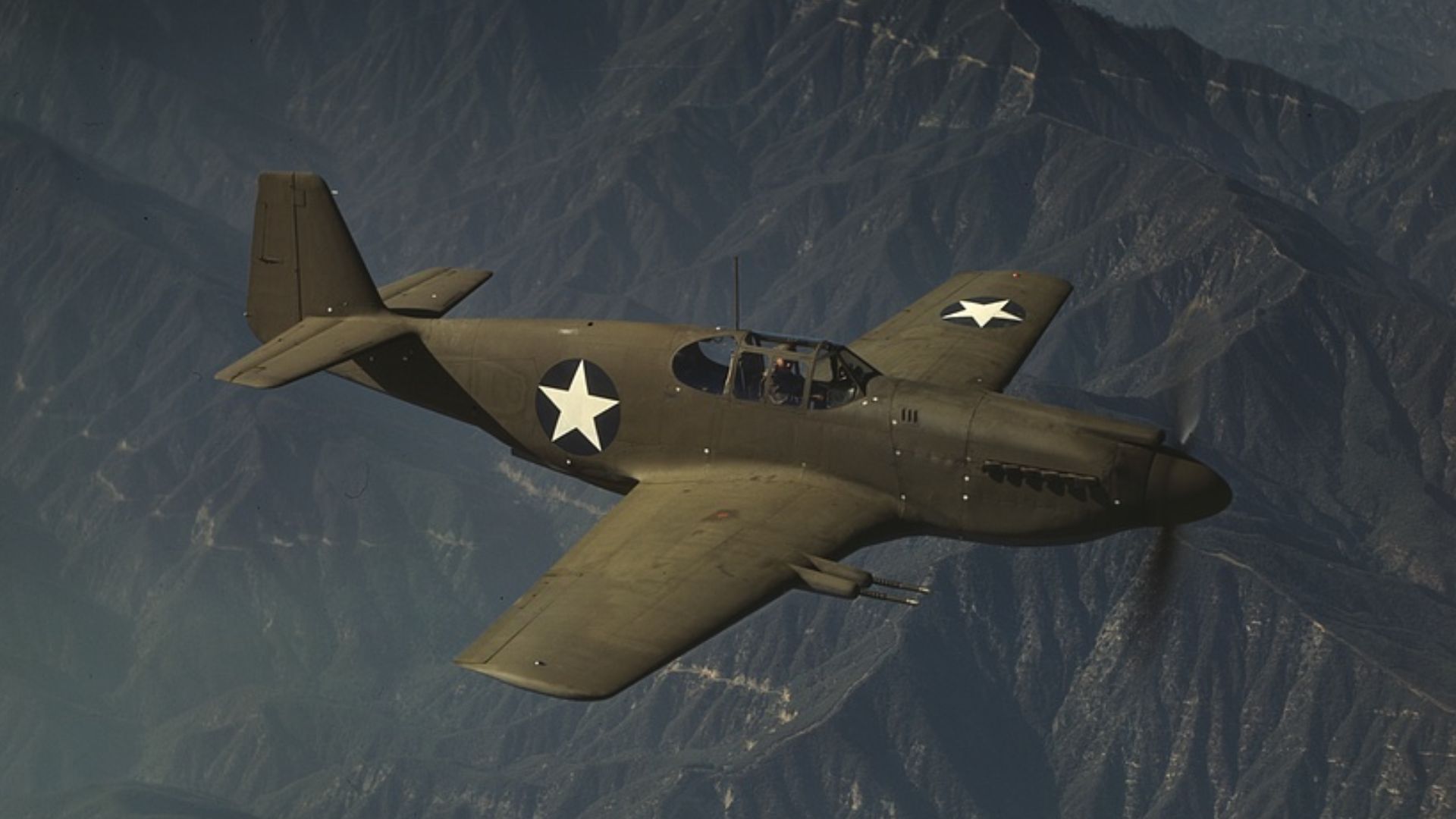 Alfred T. Palmer, Wikimedia Commons
Alfred T. Palmer, Wikimedia Commons
Legacy Of WWII Unpainted Aircraft In Cold War Aviation
Cold War jets, like the F-86 Sabre, proudly wore their metal skin. This trend echoed across the US Air Force design well into the 1950s. The silver finish became a hallmark of technological power. More than a style, it symbolized a new military era born in WWII’s furnace.
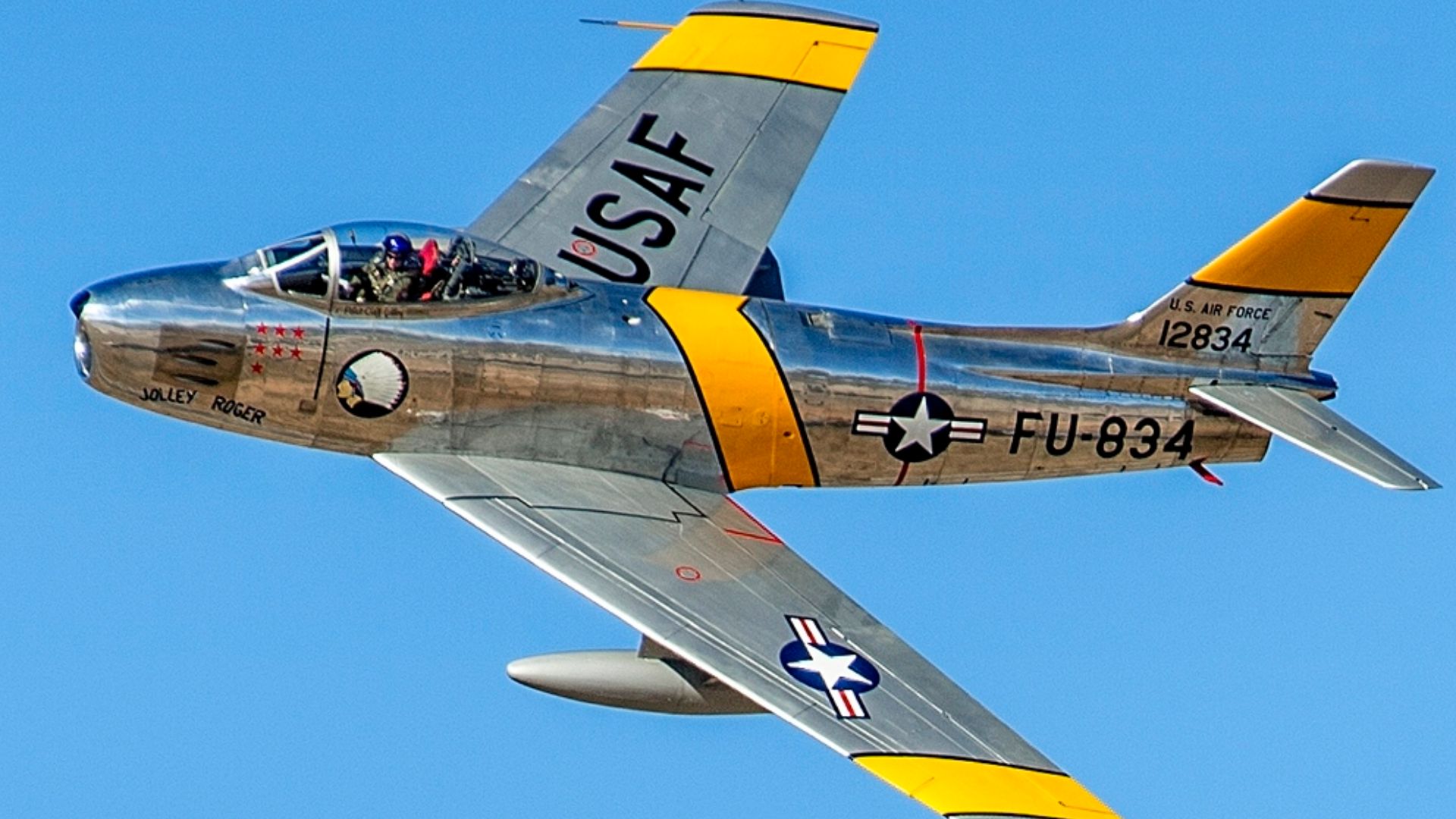 U.S. Air Force photo by J.M. Eddins Jr., Wikimedia Commons
U.S. Air Force photo by J.M. Eddins Jr., Wikimedia Commons
Impact On Modern Stealth And Coating Technologies
Today’s stealth bombers look nothing like WWII aircraft. Engineers learned that surface treatment changes everything. Modern planes use exotic matte coatings and radar-absorbing materials, far beyond WWII’s means, but sparked by the same question: What if we don’t paint at all?
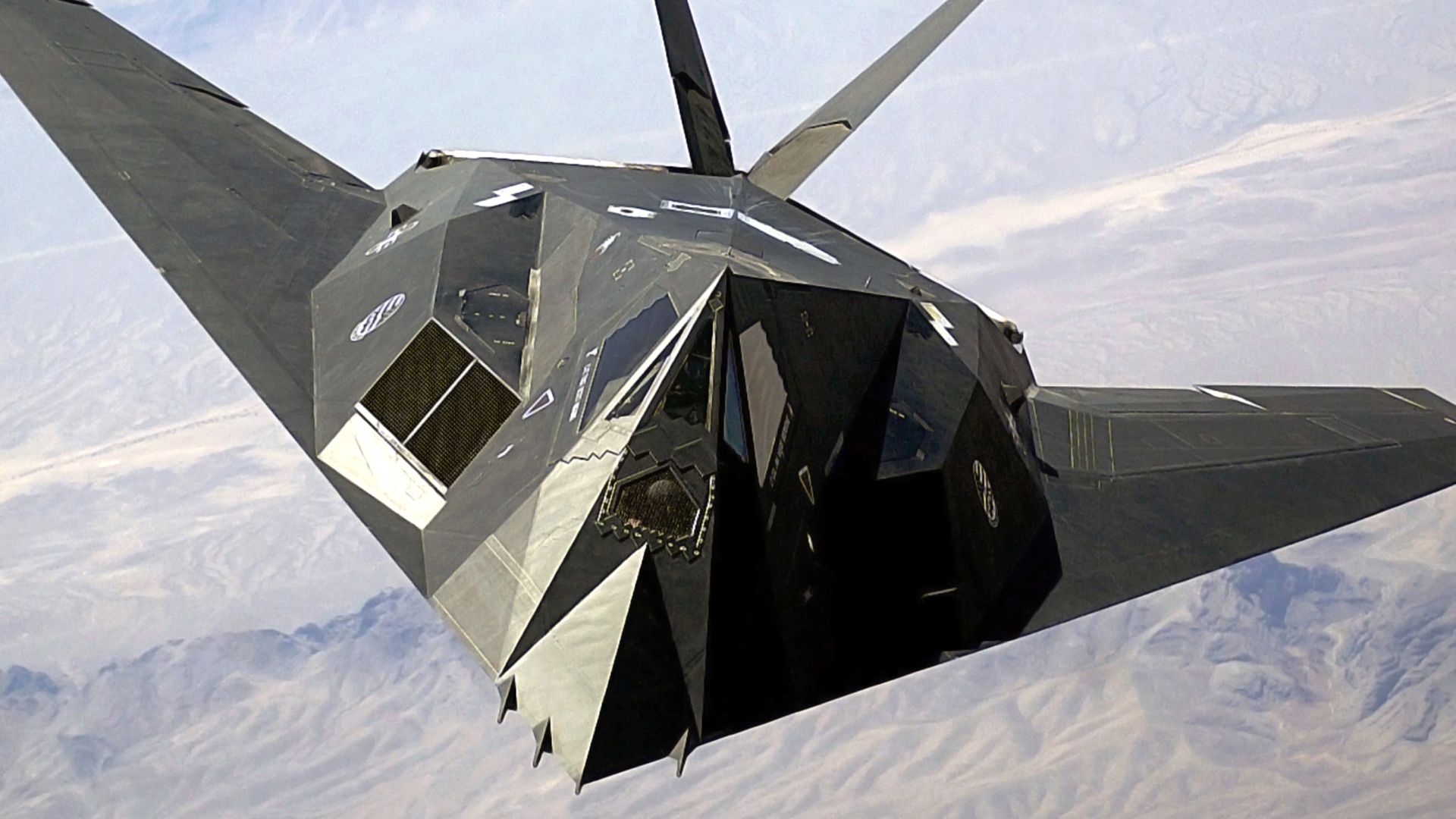 Staff Sgt. Aaron Allmon II, Wikimedia Commons
Staff Sgt. Aaron Allmon II, Wikimedia Commons
Cultural And Iconic Status Of The Silver WWII Aircraft
Hollywood, museums, and air shows still celebrate the unpainted look. It’s iconic. That glimmering metal became a visual shorthand for America’s might and innovation. Want to evoke heroism with one snapshot? Show a silver bomber in sunlight—it tells the whole story.
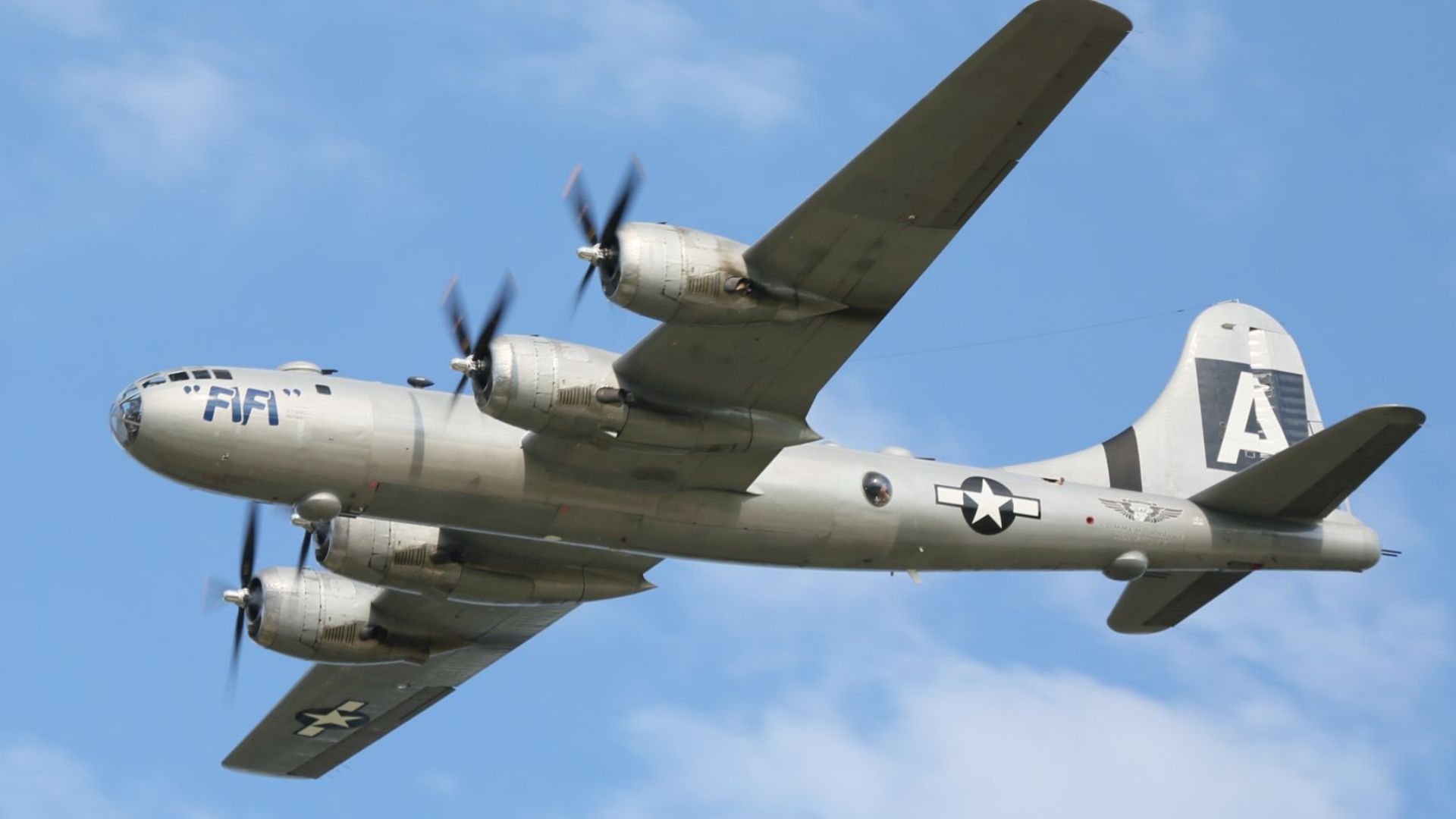 wallycacsabre, Wikimedia Commons
wallycacsabre, Wikimedia Commons
Why The Silver Wings Still Matter
WWII’s switch to unpainted planes was about smarts, speed, and swagger. You’ll see echoes of this bold move in every polished fuselage and streamlined design that came after. The silver wings flew more than missions, and they flew a message: adapt fast and never weigh yourself down.


